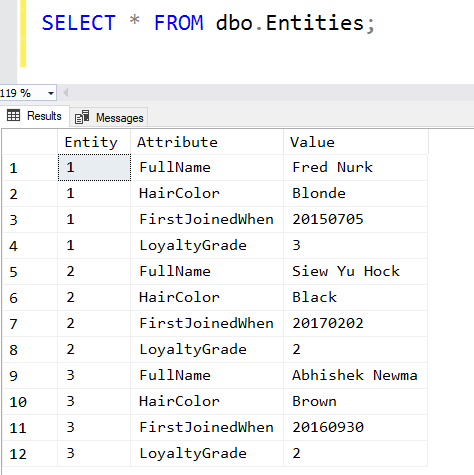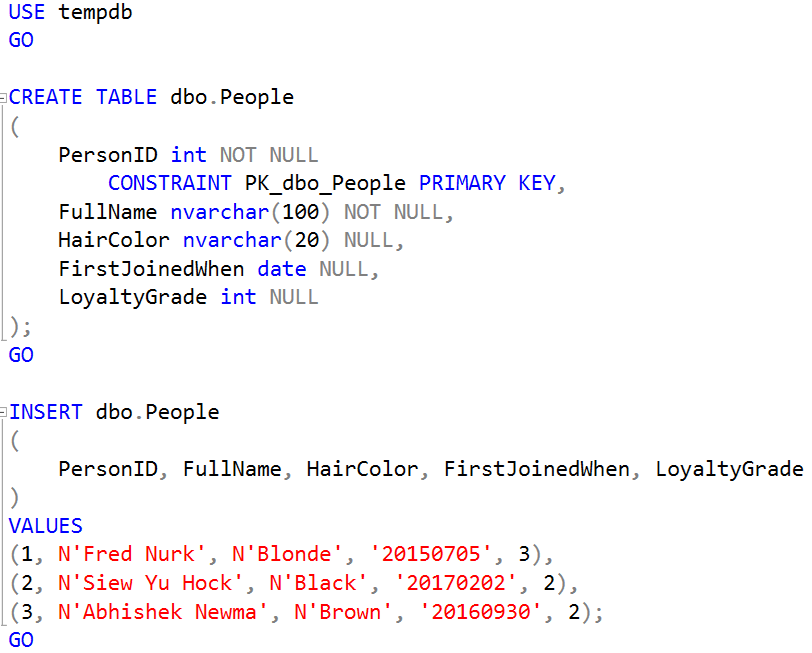SQL: Real triggers, SET NOCOUNT ON, and Counting Correctly
I’ve done a lot of Microsoft exams over the years, mostly SQL Server ones but plenty of others too. And one thing that I really don’t like is when the questions are:
- Purely academic (ie: would never happen)
- Memory based (ie: who cares what the DTU limit is for a P3 today?)
- Clearly not written by someone who actually uses the product
Today, I want to mention an item in the last category.
2018-02-26






